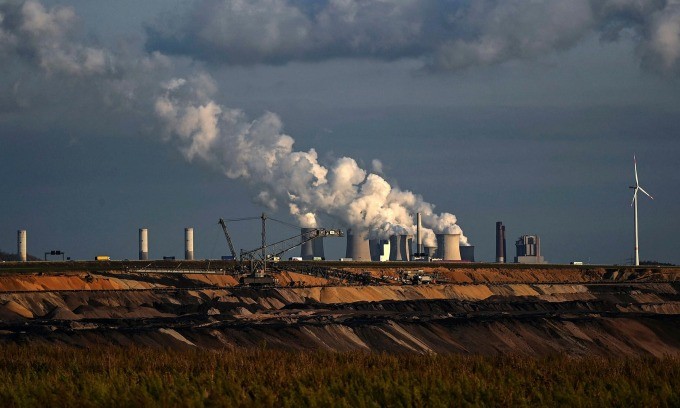 |
| European countries are consuming less and less gas, whether from Russia or elsewhere. Image of a thermal power plant in Garzweiler, Germany. (Source: AFP) |
Russia is Europe’s largest gas supplier, accounting for more than 40% of the continent’s total imports (and even 60% for Germany). The European Union (EU) has long relied on this hydrocarbon to heat homes, run factories, and even generate electricity.
However, two years after the outbreak of conflict in Ukraine, the cards appear to have been shuffled.
Until now, the EU still consumes about 15% of its gas from Russia (8% by pipeline, 7% by ship) and this source of energy has not been subject to any trade retaliation. But in recent months, prices for this energy have fallen to very low levels, close to pre-crisis levels.
For some reason, since the beginning of 2022, European countries have been consuming less and less gas, whether from Russian sources or elsewhere.
According to Phuc-Vinh Nguyen, an expert on European and French energy policy at the Jacques Delors Institute's Energy Center, although not subject to sanctions, the conflict in Ukraine has profoundly changed the relationship between EU countries and gas - which is considered an important geopolitical "weapon".
Europe has achieved impressive results
According to a new report published by the Institute for Energy Economics and Financial Analysis (IEEFA), EU gas demand has actually fallen by 20% since the large-scale conflict between Russia and Ukraine. That is the lowest level in the last 10 years, with the largest declines in Germany, Italy and the UK (outside the EU).
In late November 2023, the International Energy Agency (IEA) stressed that the Ukraine crisis marked a significant turning point for gas consumption in Europe and that the region's demand would fall further.
Data from the Bruegel Institute also helps confirm this, showing that gas demand in Europe has fallen by 12% in 2022, then by 18% and 20% in the first and second half of 2023, respectively, compared to the 2019-2021 period.
First of all, this “impressive” reduction in consumption exceeds the target set by the EU after the conflict in Ukraine.
In July 2022, Member States agreed to voluntarily reduce their gas consumption by 15% compared to an average of 5% between August 2022 and March 2023. In France, national gas consumption was thus reduced by 25% between August 1, 2023 and February 18, 2024 compared to the same period in 2018 and 2019.
Of course, the ongoing conflict is not the only reason for the decline in gas demand in Europe.
According to expert Phuc-Vinh Nguyen, there are also cyclical factors related to the weather, for example, the last two winters in Europe were both exceptionally mild, considered “lucky allies” of Europe.
Furthermore, the increasing connectivity of renewable energies also plays a role, as one of the challenges is to reduce the use of fossil fuels (including gas) in Europe.
The special operations in Ukraine only add one more important issue to the equation, which now takes precedence over climate: energy sovereignty in a complex geopolitical context.
Mr. Thierry Chapuis, in charge of the economic sector of the gas distribution group GRDF (France), commented that "like electricity, the conflict in Ukraine has made gas much more expensive", forcing many people to consider using it alongside other efforts.
Another risk
In September 2023, European gas demand was 22% lower than the 2019-2021 average, mainly due to a 43% drop in household consumption in Germany compared to a 25% drop in France, as well as a sharp drop in gas use in electricity generation in France, down 46% compared to a 16% drop in Germany.
In recent months, Germans have taken steps to electrify heating systems in homes that still rely largely on hydrocarbons.
Meanwhile, France could rely more on nuclear power plants to provide low-carbon electricity after failures in 2022.
Experts say it remains to be seen to what extent industrial producers have been forced to consume less.
According to Bruegel data, gas demand in this sector has actually fallen significantly, by an average of 22% in September 2023 compared to the period 2019-2021 (a decrease of 19% in France and 25% in Germany).
But as in other sectors, it is not easy to distinguish what leads to better energy efficiency (without affecting production) and what may be related to “demand slack” (industrialists reducing or stopping production because energy becomes too expensive or too volatile).
One question is whether Europe’s industrial demand is being structurally damaged, particularly in Germany, which is more affected than in France. The country is paying the price for its dependence on Russian gas, which could also be problematic for the EU, as it is the bloc’s economic engine.
Another question that arises is when will this drop in demand stop? In other words, is this a fundamental movement or should Europe still expect a recovery with a return to low prices?
In fact, prices continue to fall.
Conversely, if gas consumption continues to decline, Europe faces another risk: excess capacity at liquefied natural gas (LNG) import terminals transported by ship, which 27 countries are currently building en masse on their coasts to offset the volume of gas imported by pipeline from Russia.
Since February 2022, Europe has brought into service a total of 36.5 billion cubic metres (mmc) of new capacity and plans to increase LNG import capacity by 106 mmc this decade.
In late October 2023, IEEFA warned that this would bring total capacity in the EU to 406 mmc by 2030… or nearly triple LNG demand by that time.
Source



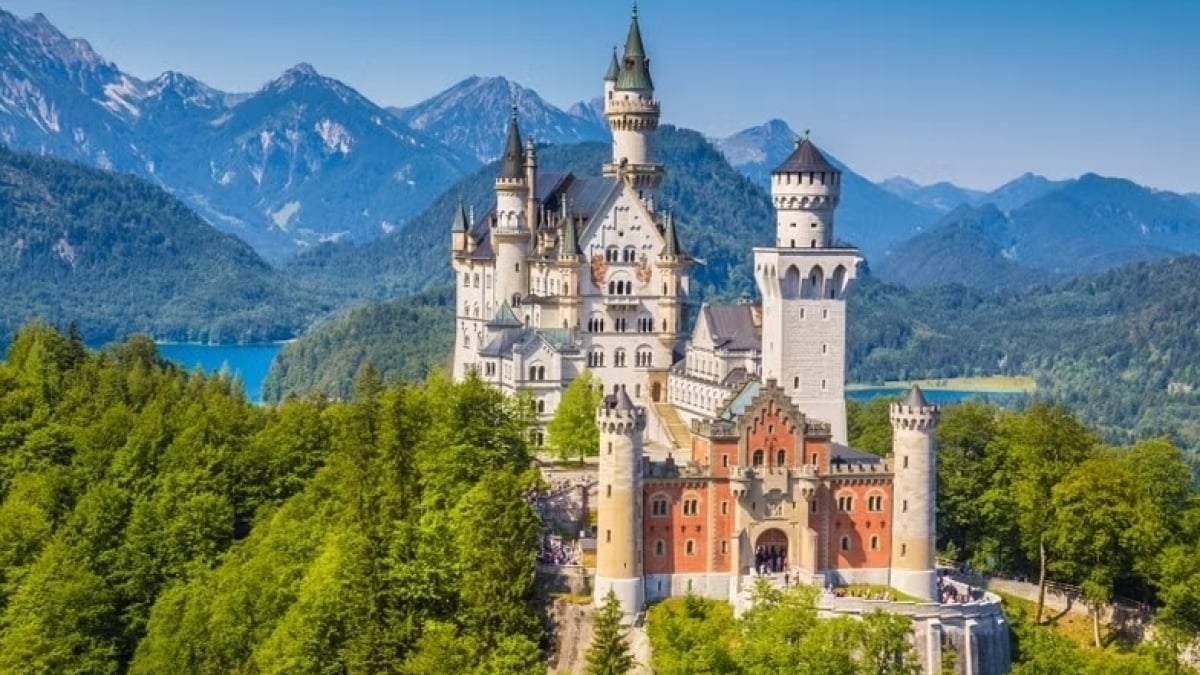
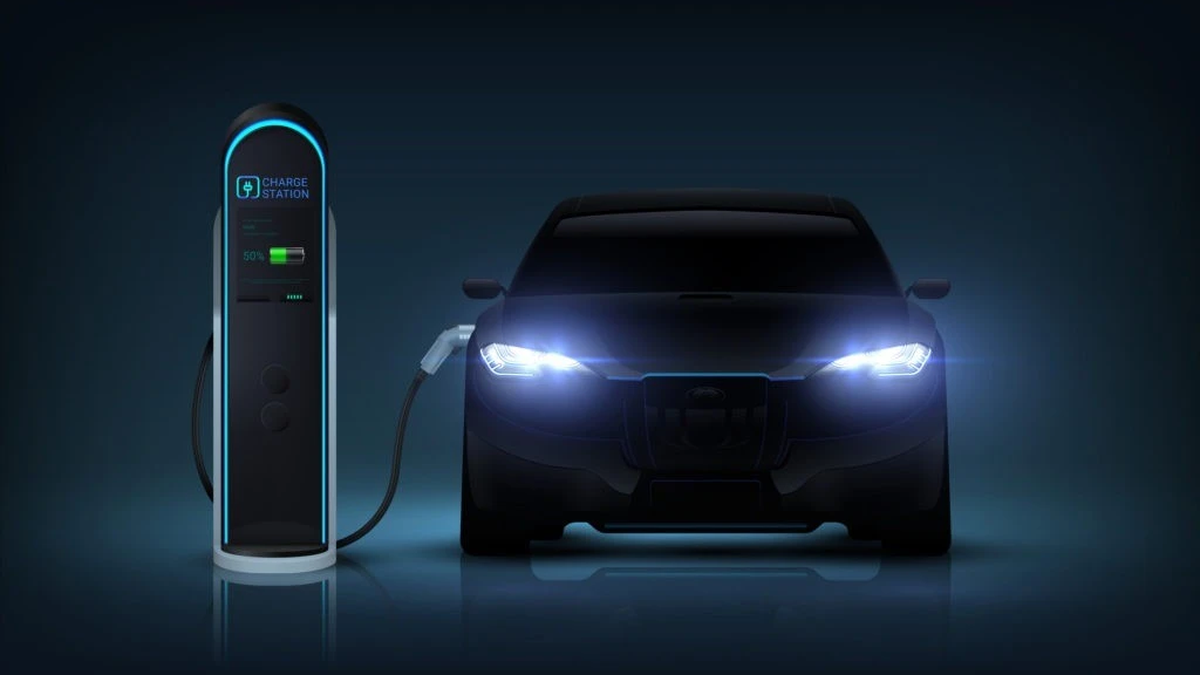

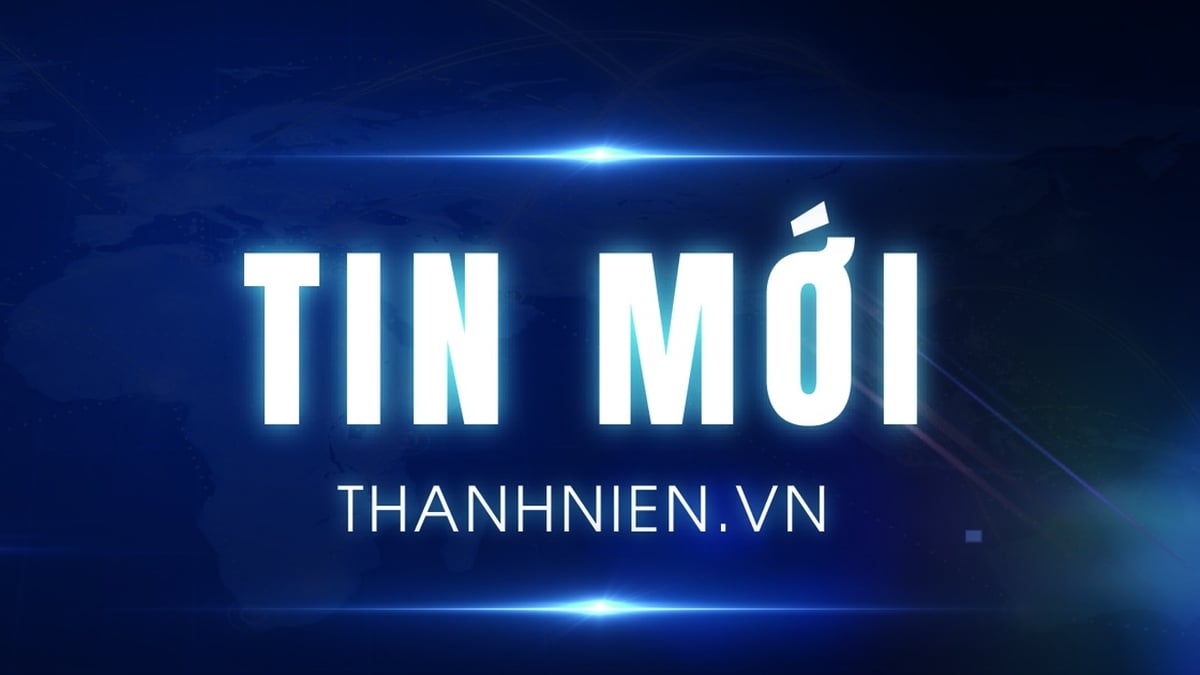





















































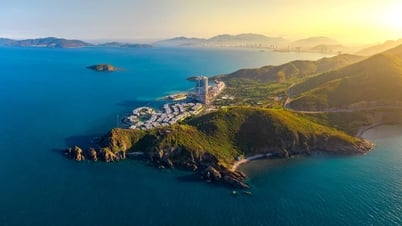

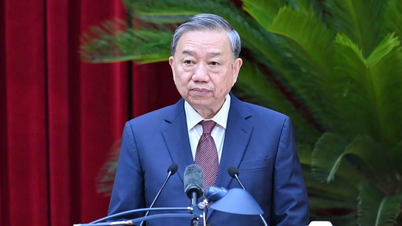
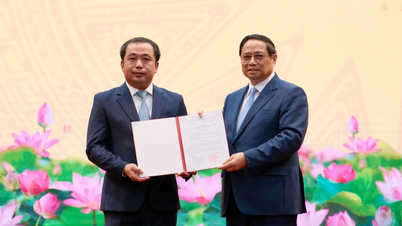
































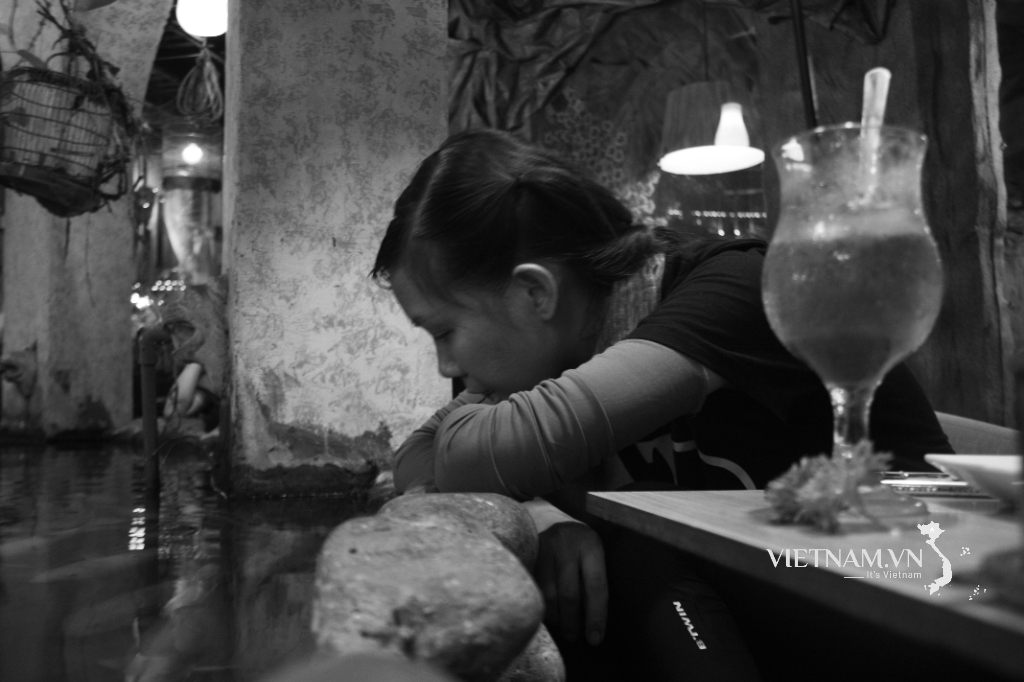

Comment (0)